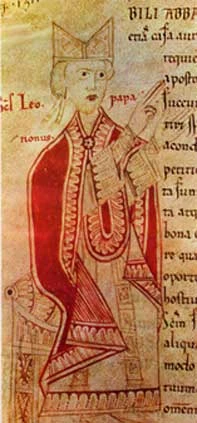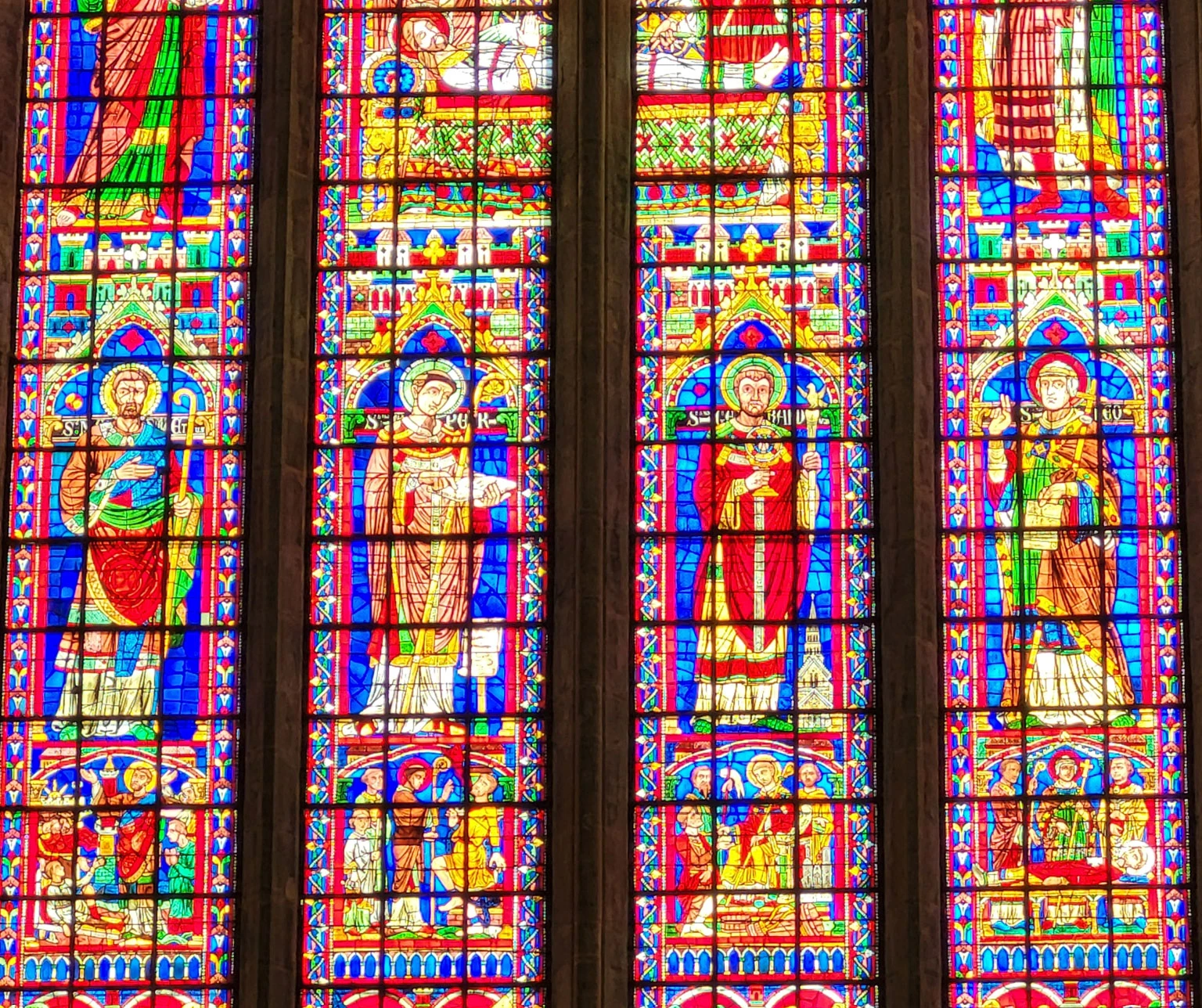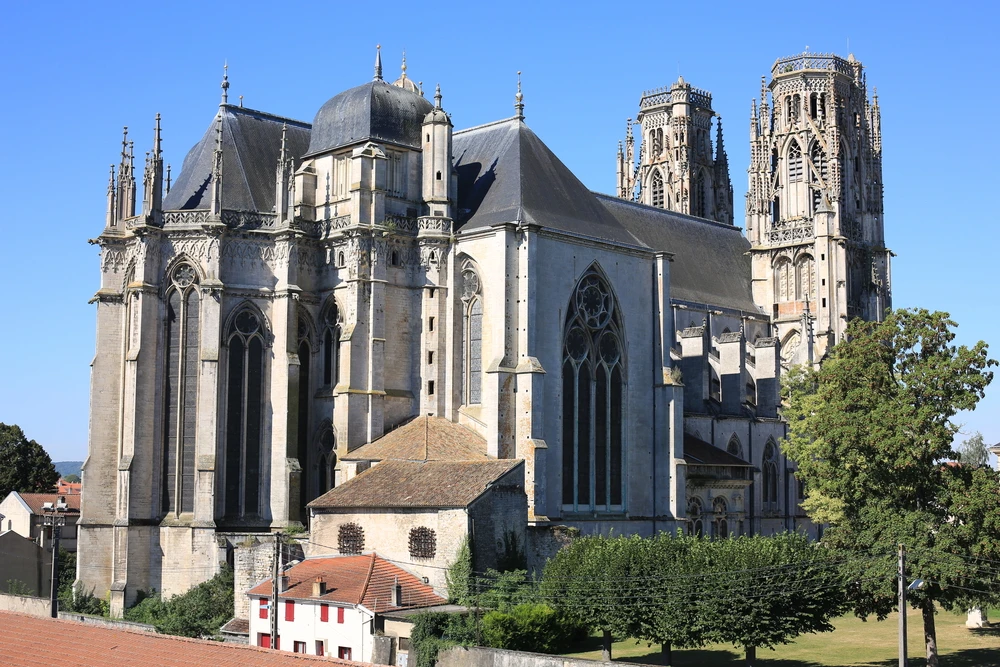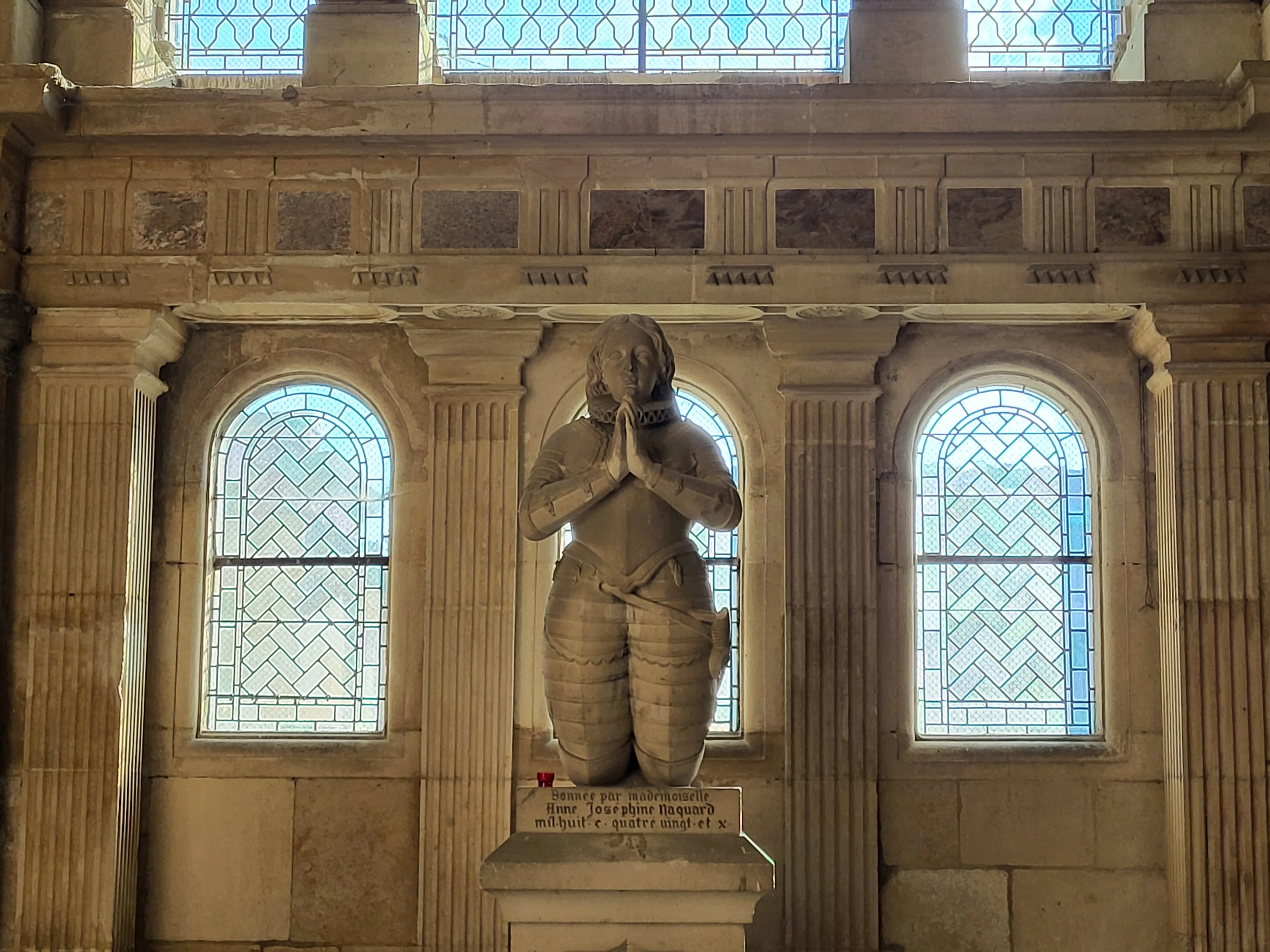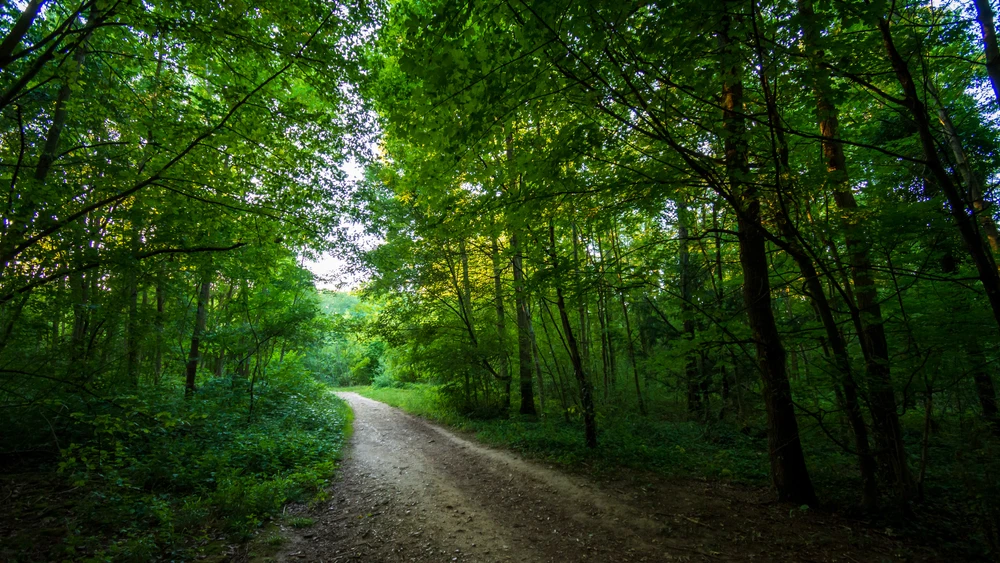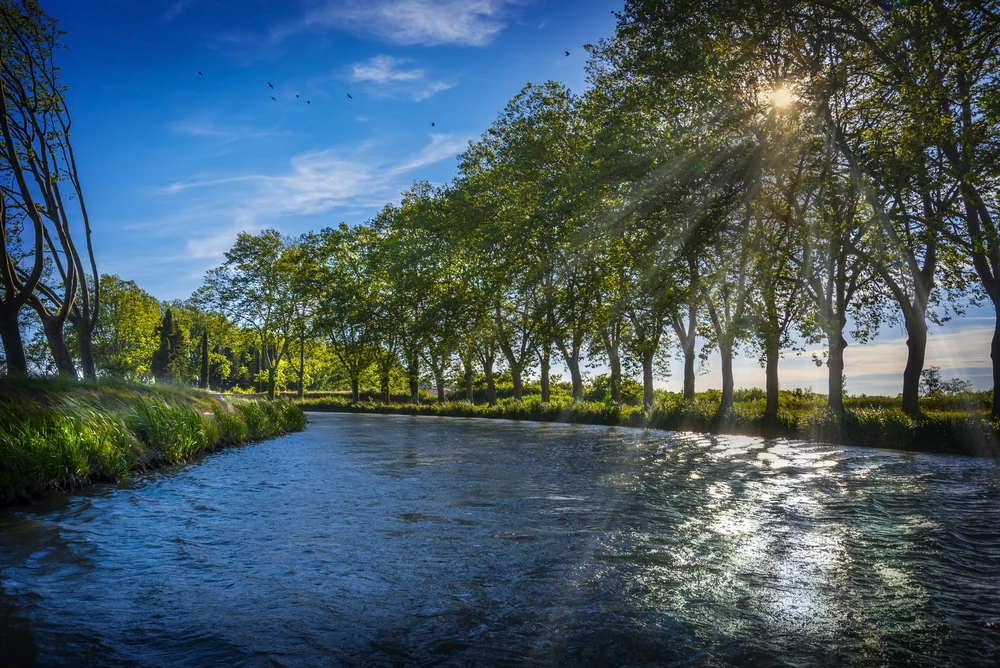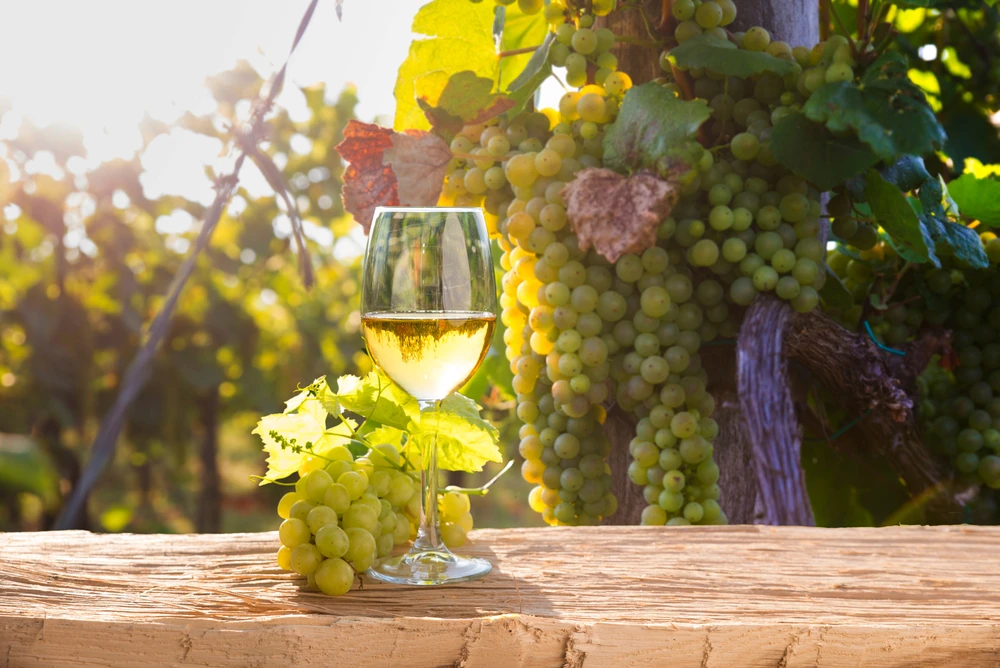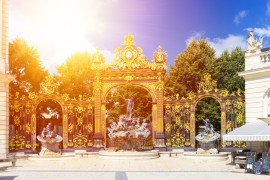Toul history at a glance
An ancient and important site.
"Tullum leucorum was one of the capitals of the Gallic Leucorum people, and was mentioned as early as Roman times, notably by Julius Caesar. It was here that the Romans chose to develop. Its location on the Trier/Lyon axis made it an important trading center. A beautiful Gallo-Roman town, it was evangelized by the bishop Saint Mansuy in the 4th century. He was the first bishop of Toul, and the bishops who followed made it a major religious capital over the centuries. It is said that it was in Toul that Clovis learned the rudiments of Christianity from the bishop Saint Waast (or Saint Gaston), the prelude to a conversion that was to change the history of France. Toul's most famous bishop was Saint Léon, chosen by the local people to become Pope Léon IX on February 12, 1049.
Saint Leo IX, bishop of Toul, then pope. Source : Wikipedia
One of three bishoprics
Ravaged by the Huns in 451, then by the Normans and Hungarians in the 10th century, then coveted by the Count of Champagne, the town nevertheless developed around its bishopric, which became one of the powerful "three bishoprics" along with Verdun and Metz. The city wasa place of power, since its bishopric, which depended on the Holy Roman Empire, was a territory independent of its neighbors: the King of France and the Duke of Lorraine. It is also an intellectual city, with a large number of clerics based around the cathedral and its bishop. Last but not least, it was an important trading town. Over the centuries, the cathedral was rebuilt and enlarged several times. It is the symbol of Toul today.
The stained glass windows of the Cathédrale Saint Etienne in Toul. Photo chosen by monsieurdefrance.com: Jérôme Prod'homme
Annexed by the Kingdom of France
In 1552, during the "Chevauchée d'Austrasie" (Austrasian Ride), King Henri II of France took possession of the three bishoprics, including Toul, which became French protectorates before being definitively annexed to the Kingdom of France by the Treaty of Westphalia in 1648. Toul was a powerful bishopric, extending far beyond the city into the lands of the Duke of Lorraine. These three bishoprics formed the eastern frontier of France and became important strongholds. It was therefore only logical that Marshal Vauban, military architect to Louis XIV, should fortify the town of Toul and give it the appearance it has today: a city in a loop of the river, surrounded by ramparts from which emerge the bell towers of Saint Etienne cathedral. When the neighboring Duchy of Lorraine became French in 1766, the bishopric of Toul underwent major changes, becoming the bishopric of Nancy-Toul in 1777.
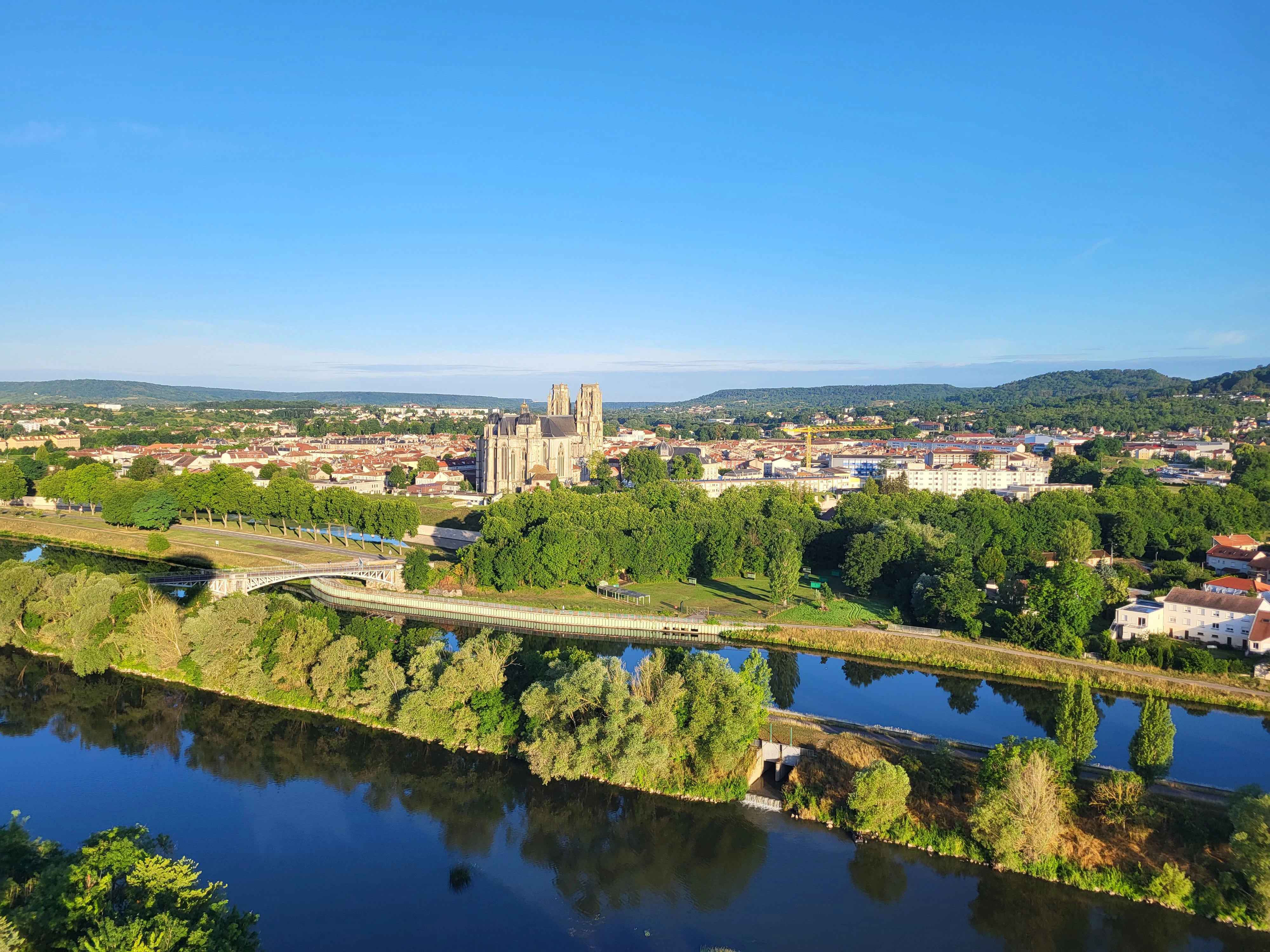 The cathedral at the heart of the city, surrounded by ramparts and a loop of the Moselle. Photo chosen by Monsieurdefrance.com: Jérôme Prod'homme.
The cathedral at the heart of the city, surrounded by ramparts and a loop of the Moselle. Photo chosen by Monsieurdefrance.com: Jérôme Prod'homme.
The stronghold of Toul
This role as a stronghold was further enhanced after France's defeat by Prussia in 1871. As the Moselle department and Alsace became German territory, Toul once again became a border town. From 1874 onwards, Toul was once again fortified by General Séré de Rivières, who turned it into a major stronghold and surrounded it with numerous forts (many of which remain today, and have even become major tourist attractions). Toul became a military town. A vocation that Toul retained for a long time.
World War II
The cathedral partly destroyed by German bombing in 1940. Archive image
The town was attacked by the Nazis in 1940. The cathedral was targeted by Nazi shells and its roof caught fire on June 21, 1940. It was badly damaged. The city itself was bombed for 3 days , destroying more than 40% of it. Part of the city was rebuilt after the war, including the famous "Place ronde" (whose real name was Place des trois-évêchés), and the cathedral was renovated.
Toul what to see?
La Cathédrale Saint Etienne de Toul : Photo selected by monsieurdefrance.com : shutterstock.com
Saint Etienne Cathedral
The beautiful facade of Toul's Saint Etienne cathedral. Photo chosen by monsieurdefrance.com: jérôme Prod'homme (c)
It's the jewel of the city. In fact, it's the 4th cathedral to celebrate its 800th anniversary in 2022. Begun in 1221, work continued over the centuries, giving the cathedral a flamboyantly Gothic appearance, but also a fine example of Renaissance (in the chapels, for example) and even 18th-century religious architecture. A must-see is the superb Gothic cloister. The cathedral has seen many of history's great figures pass through its doors, including Joan of Arc, who came here to have an unwanted engagement annulled. Toul cathedral is home to one of the most faithful representations of Joan. Don't miss the recently restored organ concerts and the Bach Festival held here every year.
Joan of Arc pictured in Toul cathedral, where she visited. Photo chosen by monsieurdefrance.com: Jérôme Prod'homme (c)
The Collegiate Church of Saint Gengoult
This is Toul's other marvel. An ancient church, it is characterized by its bell tower, which is also the town's belfry (with its coat of arms enthroned at the top), and the Saint Gengoult cloister, smaller than that of the Cathedral, is a must-see.
The ramparts
You can almost walk around the town and admire the ramparts of the Seré de Rivières system.
Toul town center
Toul is a dynamic shopping town with a number of commercial arteries, including the delightful "QG" district, a gourmet area where you'll find everything you need to treat yourself. Also worth a visit are the little streets around the town hall (whose facades are well worth a detour) and their private mansions.
The port of Toul
It's a real city landmark. It regularly receives top rankings in its field, and many tourists stay here.
The Haye forest
The Haye forest covers 11,000 hectares between Toul and Nancy. Photo chosen by monsieurdefrance.com: Shutterstock.fr
The forest has been here since time immemorial. The Dukes of Lorraine were already fond of hunting here in the 11th century, and it was in fact this that led Duke Gérard 1er to found a castle in Nancy, because the location was close to the game-filled Haye forest. Long a frontier between the bishopric of Toul and the duchy of Lorraine, the Haye forest now covers 11,000 hectares, including 6,500 for the Haye park alone. It's very easy to get to from Toul, from which it's very close.
The Moselle loop
Linking the Toul and Nancy areas, the Moselle Loop is a superb nature destination for hiking and cycling. For more information, click here.
A riverside stopover is possible around Toul and even in the town itself, whether along the Moselle or the canal. Photo chosen by monsieurdefrance.Com: Shutterstock.com
To taste: Toul wines
Toul is also a land of wine and gastronomy in general. Photo chosen by monsieurdefrance.Com: shutterstock.com
Lorraine has always been a wine-growing region, Toul in particular. The Phyloxera epidemic ravaged the Lorraine vineyards in the early 20th century, leading to the uprooting of many vines. On the Côtes de Toul, however, winegrowers continued and resisted. For a long time, they produced a "thirst-quenching" wine, in other words, not renowned for its quality, before turning a corner a little over twenty years ago with the birth of the Appellation d'Origine Contrôlée "Côtes de Toul " (A.O.C). Demanding and gifted, today's winemakers offer a wide range of wines, including the famous "gris de Toul " (dry and ideal for an aperitif or to accompany seafood), as well as some very fine reds. A must-see, especially when visiting the cellars. For more information, click here.
Alcohol abuse is dangerous for your health: consume in moderation.
Sorry for the translation errors, but the translator visited the wine cellars of the Toul region a little too often...
Geo web info
Websites :
For tourism, this is the website of the Maison du Tourisme en Terres Touloises. It's very well done and will enable you to discover numerous activities and suggestions according to your desires. Don't miss it.
For the town of Toul, the site is also interesting from a cultural point of view.
Toul wines by Toulois winemakers can be discovered here .
Tourism in the Grand Est is here, with a platform that presents accommodation (and is totally free).
By road :
Toul is located in the Meurthe-Et-Moselle department, Grand-Est region, in the historic Lorraine region. It is 25 kms from Nancy (15 minutes' drive), 3H30 from Paris (325 kms), 1H15 from Luxembourg, 2H from Strasbourg, 4H from Lyon (385 kms).
By train :
Toul station is located on avenue Victor Hugo. Paris can be reached by TGV from Nancy in between 2 hours 20 minutes and 3 hours 15 minutes.

